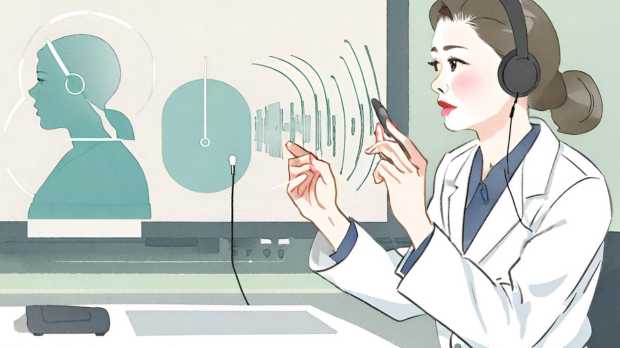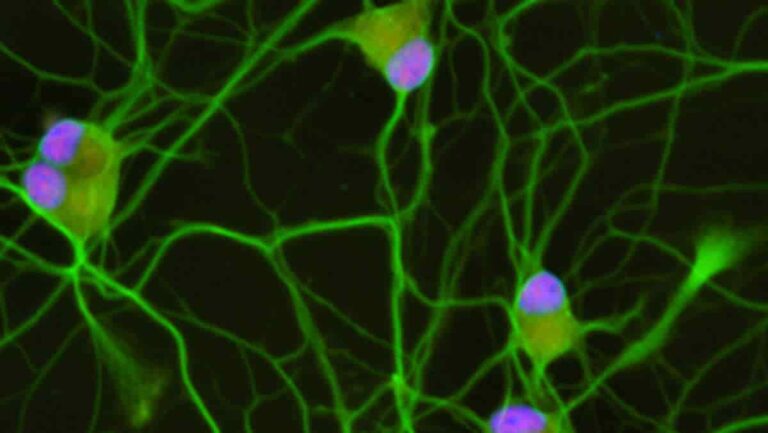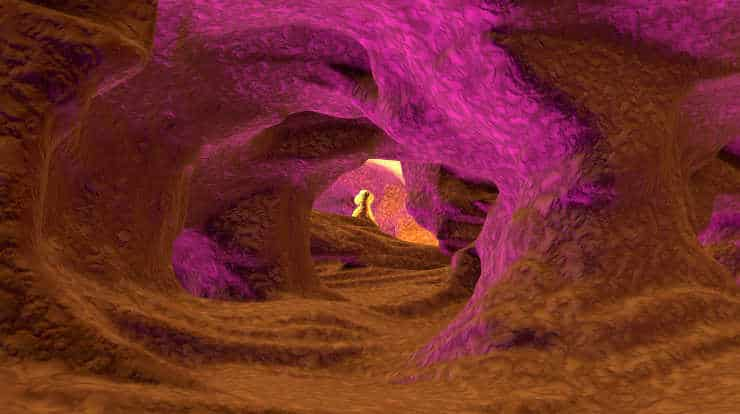An excess of metabolite intensity differences unique to the brains of individuals with autism spectrum disorder has been found by scientists from the Skoltech Center for Neurobiology and Brain Restoration (CNBR), the Icahn School of Medicine at Mount Sinai (ISMMS, New York, USA), the Max Planck Institute in Potsdam, and the Cologne Institute (Germany). The…
Category: Biology
The Human Microbiome Is A Treasure Trove Waiting To Be Unlocked
Bacteria are at the centre of all life forms on planet earth and are the essential building blocks that make living organisms the way they are. Both the mitochondrion — found in most organisms, which generates energy in the cell — and the chloroplast — the solar energy-harvester located in plants — can be traced…
Model Of Ear’s Speech Sensor Could Improve Hearing Tests
New research that could help improve hearing tests and devices that restore some hearing to the deaf is reported by researchers at the University of Michigan. Inside the ear, a snail-shaped organ called the cochlea takes in pressure information from the eardrum and turns it into nerve impulses that are sent to the brain. A…
Dependable Dads Are Key To Big Mammal Brains
Developing a large brain comes at a price: An infant expends around two-thirds of its energy alone on supplying nourishment to its brain. First milk and then other food makes this huge amount of energy available continuously. The females of many large-brained animal species cannot bear the energetic costs of rearing offspring on their own…
SIRT6 Gene Behind More Efficient DNA Repair In Longer Living Species
The gene sirtuin 6 (SIRT6) is responsible for more efficient DNA repair in species with longer lifespans, new research from the University of Rochester indicates. The finding sheds light on new targets for anti-aging interventions and could help prevent age-related diseases. As humans and other mammals grow older, their DNA is increasingly prone to breaks,…
Edible Seaweed Can Be Used To Grow Blood Vessels In The Body
When we have small wounds on our skin or muscles they can usually heal by themselves. But in deeper wounds – such as those in diabetic patients or in muscle tissue after a heart attack – repair is more difficult. These sorts of issues often require more serious treatments, and may eventually need amputation or…
RNA Induced Gene Fusion Can Occur In Non-Cancerous Cells
A fusion gene is a new gene made by joining parts of two different genes. The current thought is that fusion genes can happen in cells with unstable genome when part of the DNA from one chromosome moves to another chromosome. When the fusion gene is transcribed into RNA, the product is a fusion RNA…
STMN2 Gene A Potential Therapeutic Target for ALS
A potential new biomarker and drug target for amyotrophic lateral sclerosis has been identified by research led by stem cell scientists at Harvard University. The study used stem cell models of human motor neurons to reveal the gene STMN2 as a potential therapeutic target, demonstrating the value of this human stem cell model approach in…
Retinal Circuits: How We See the Forest and the Trees
Imagine you are walking through an alpine forest on a beautiful fall day, passing a stand of aspen trees with their thin trunks forming a vertical grid before a brilliant backdrop of autumn color. A closer look reveals the horizontal striations in their white bark (Figure 1A,B). This simple, sylvan example highlights how our visual…


